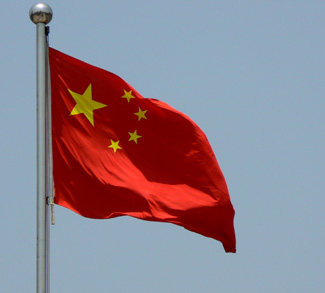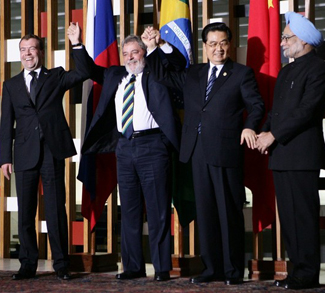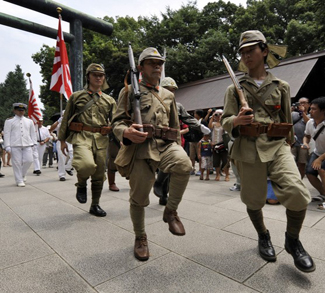FORECAST
Beneath all of the historical score-settling that is driving a meteoric crash in relations between China and Japan there is a simple reality: China is attempting to fill strategic space that the US-Japanese alliance currently occupies.
Commentators have long written on the potentially explosive situation that exists in East Asia. The region’s Cold War policeman- the United States- is a hegemonic power in decline. Hence, it is a power who’s material ability to police the region- let alone its will to- is definitely in question. On the other side there’s China, a regional power with global aspirations. Importantly, Beijing is also beholden to the economic and nationalist needs of its people due to the absence of any long-term political legitimacy of the ruling CCP. Japan, and to a lesser extent Taiwan, stand in the middle as obvious catalysts for conflict between the USA and China; though they are allied with the declining hegemonic power, they are both sacred calves of nationalist passions in a rising China.
The Senkaku Islands themselves offer two important strategic advantages. First, sovereignty over the island chain carries with it exploration rights for several oil fields located nearby. According to Chinese estimates, these energy reserves could contain up to 17.5 trillion cubic feet of natural gas as well as 20 million barrels of oil. Secondly, and more importantly for China’s long-term security planning, sovereignty over the Senkaku Islands pushes a country’s Exclusive Economic Zone (EEZ) outwards, thus allowing for an expanded maritime perimeter. In China’s case, sovereignty over the Senkaku Islands can push its perimeter farther out from China proper and provide the added benefit of placing the PLA in striking distance of important shipping routes.
An expanded maritime security perimeter is exactly what Beijing has been pursuing, and it has been doing so without its usual tact for not alarming neighbors over any hostile intent. Two recent examples of Beijing’s aggressive expansion of its military sphere of influence over the waters off the coast of China are: the declaration that the South China Sea is a ‘core security interest’ on par with Tibet and Taiwan (read: nonnegotiable), and Beijing’s strong opposition to US-ROK military exercises in the Yellow Sea in early September.
Thus, the Senkaku Islands dispute is a competition for resources and strategic space in which China is pushing against the US Cold War alliance system. Given current American commitments in Iraq and Afghanistan, planners in Beijing may have concluded that now is a good time to expand China’s military sphere of influence in East Asia. Regardless of the strategic rationale, one thing is certain: China is proceeding in an aggressive manner. Not only has Beijing axed ministerial bilateral relations with Japan, but aerial photos taken by the Japanese Self Defense Force (SDF) have suggested that China is moving heavy drilling equipment into the disputed area to start unilaterally drilling for energy resources.
The deterioration in Sino-Japanese relations has proceeded at breakneck speed, and populist anti-Japanese sentiment in China means that the rift could elevate into crisis at any time. Expect the United States to intervene in an attempt to cool nerves as diplomatically as possible. The real question is whether or not Washington still has enough credibility and leverage to be a game changer.




